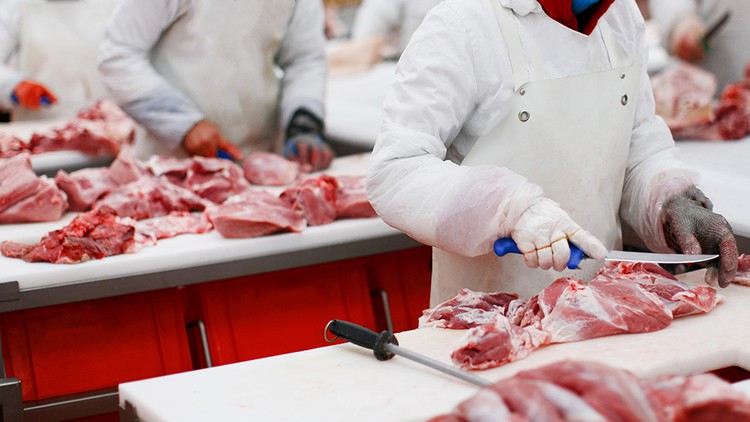
A Drake OTD Capstone
What you will learn
Understand the role and importance of on-site therapists in industrial settings
Have an understanding of the importance of supporting maintenance of health in the workforce
Be able to articulate potential applications of the materials created for this capstone
Understand the valuable work that occupational therapy can provide in industrial settings
Description
My name is Josh Kimm and I am a Doctorate of Occupational Therapy student set to graduate in May 2023. This course is an overview of my Drake University OTD capstone experience. As a student interested in pursuing a career as an industrial occupational therapist, this capstone was extremely valuable in providing insight into the complexities of the worker’s compensation system while also providing hands-on experience in musculoskeletal outpatient therapy. This capstone focused on implementing educational programs within an industrial setting with the intention of increasing understanding of health maintenance habits while also analyzing current injury data to determine potential causation of injury within the setting. This course establishes a need for intervention, discusses current research, and outlines potential approaches to increasing health awareness and analyzing data with the purpose of decreasing injury within an industrial setting. This course also provides an overview of on-site industrial therapy to provide an understanding to both therapists and industrial sector leadership on the value that on-site therapy provides to both the company and the employees. This is a free course that can provide insight on future capstone ideas or provide insight to those currently working in injury prevention on possible interventions.
I hope you enjoy my Udemy course, and feel free to message me with any questions you may have related to this presentation. Thank you for taking the time to view this course. Don’t forget to leave a rating.
Content
Introduction
Needs Assessment
Literature Review
Capstone Details
Capstone Goals and Artifacts
Q & A
Conclusion